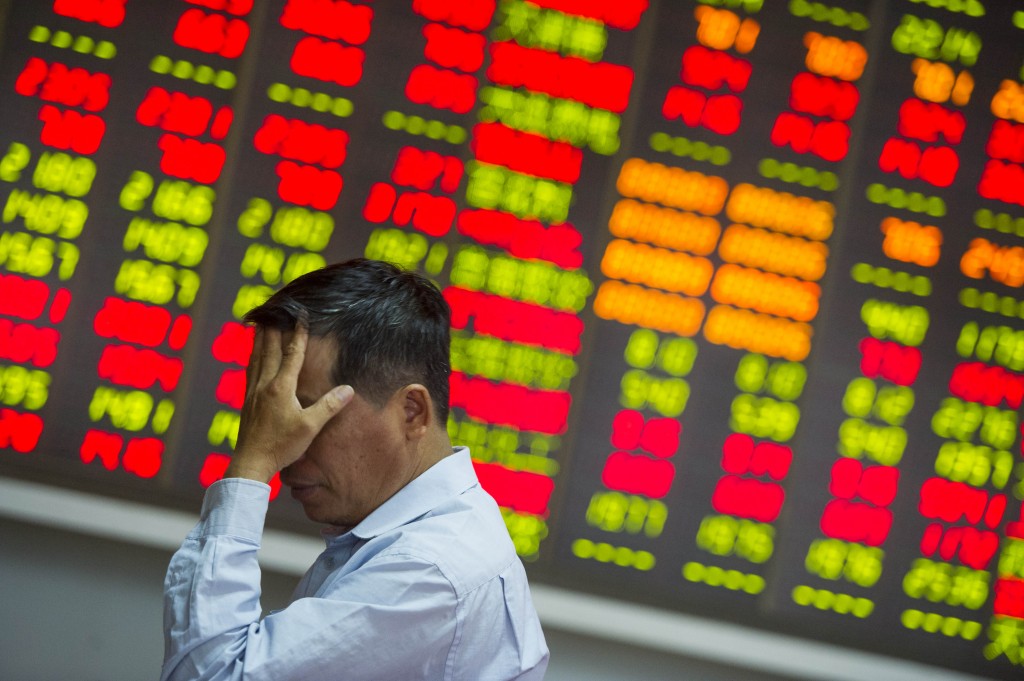
Team News Riveting
China’s top banking regulatory official said on Thursday that the country’s banks have to deal with 3.4 trillion yuan (US$489.5 billion) worth of non-performing loans in 2020 – spelling out ensuing big risk for the banking system in the world’s second-largest economy.
The total marks a hefty increase from 2.3 trillion yuan in 2019, and the value of bad loans could be even higher in 2021.
Guo Shuqing, chairman of the China Banking and Insurance Regulatory Commission, said in an interview with the official Xinhua News Agency that the increase in non-performing loans (NPLs) – loans in default or close to default – will put huge pressure on the country’s banks, especially small and regional ones.
“As many loans are rolled over [in 2020], some problems will only emerge next year,” Guo was quoted by Xinhua as saying, adding that a rebound in bad loans is “inevitable” since the coronavirus shock has adversely affected so many companies.
Bad debt at Chinese banks climbed in the first quarter even as lenders deferred payments on and rolled over a combined 1.5 trillion yuan ($212 billion) in loans after the coronavirus outbreak brought the world’s second-largest economy to a standstill.
After allowing banks to take a more lenient approach on how they classify bad debt, regulators in Beijing revealed the industry’s non-performing loan ratio nudged up just 0.06 percentage point to 2.04% at the end of March. The increase was held at bay as lenders agreed to let small businesses defer payments on 880 billion yuan in debt and rolled over another 576.8 billion yuan, according to the China Banking and Insurance Regulatory Commission.
The warning by Guo, who is also the Communist Party secretary at the People’s Bank of China, came at a time when many of the country’s small banks are facing a moment of reckoning after years of undisciplined balance sheet expansion, as well as instances of fraud and corruption.



